Presentation
Long-standing pharmacoresistant complex partial temporal lobe epilepsy
Patient Data
Age: 35 years
Gender: Female
From the case:
Hippocampal sclerosis


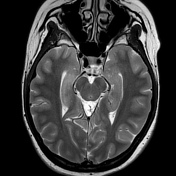

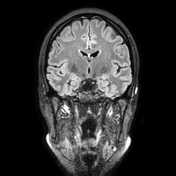

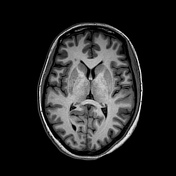

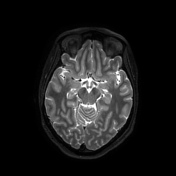

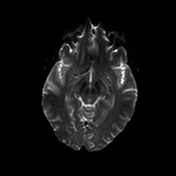

Download
Info
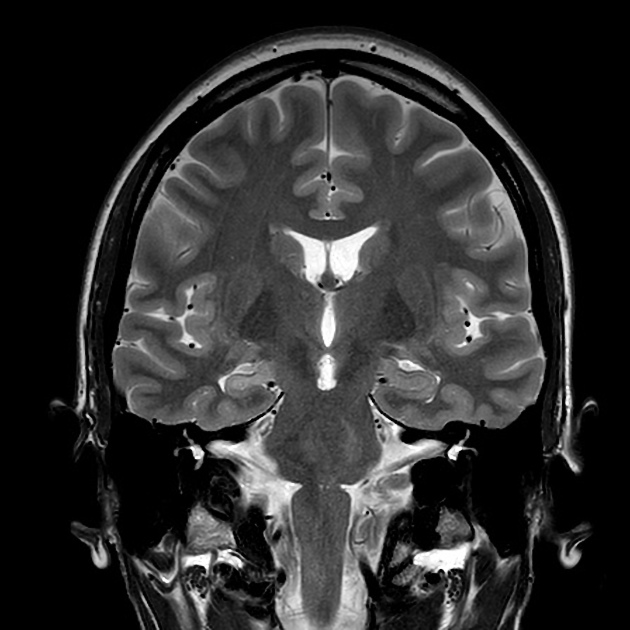
There is hippocampal asymmetry (right smaller than the left). The right hippocampus demonstrates T2/FLAIR hyperintensity with loss of internal architecture. In addition, there is a slight asymmetry of mammillary bodies (right smaller than the left). Features are consistent with right side mesial temporal sclerosis (or hippocampal sclerosis).
Case Discussion
Mesial temporal sclerosis is the most common association with intractable temporal lobe epilepsy. Histologically there is neuronal cell loss, gliosis, and sclerosis.




 Unable to process the form. Check for errors and try again.
Unable to process the form. Check for errors and try again.